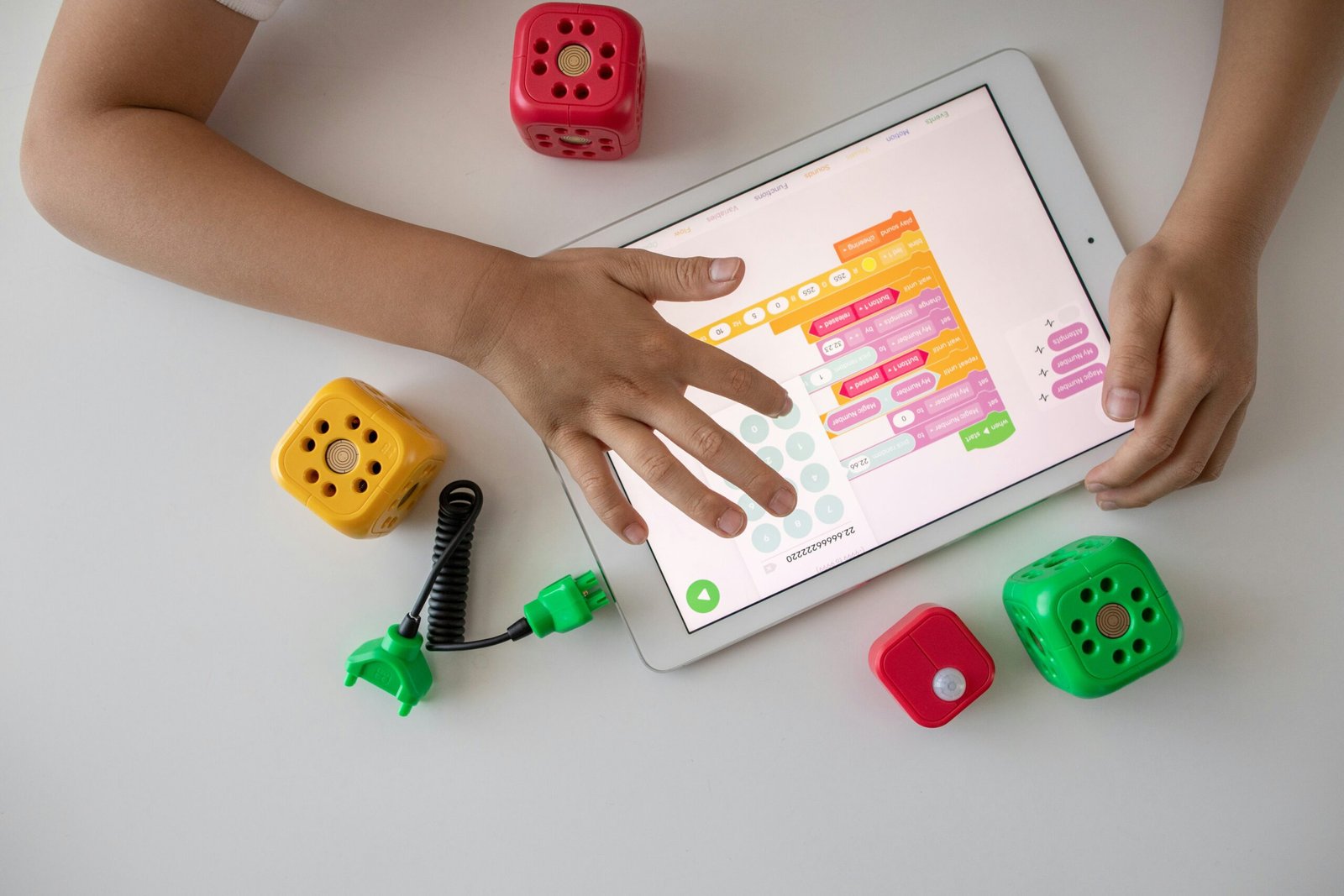Education Technology
Introduction
Education technology, or EdTech, has been rapidly evolving in recent years, transforming the way we learn and teach. With the advancements in technology, it is crucial for educators and students alike to stay ahead of the curve and embrace these trends to enhance the learning experience. In this blog post, we will explore some of the top education technology trends and provide valuable insights on how to stay ahead in this ever-changing landscape.
The Rise of Online Learning
One of the most significant trends in education technology is the rise of online learning. With the internet becoming more accessible and reliable, online platforms have revolutionized the way we acquire knowledge. Whether it’s through online courses, virtual classrooms, or interactive learning tools, online learning offers flexibility and convenience like never before.
To stay ahead of the curve in online learning, it is essential to embrace these platforms and incorporate them into your teaching or learning routine. Educators can explore online course creation platforms to develop engaging content, while students can take advantage of online resources to supplement their learning. By leveraging online learning platforms, you can access a vast range of educational materials and connect with experts from around the world.
Artificial Intelligence in Education
Artificial Intelligence (AI) has been making waves in various industries, and education is no exception. AI-powered tools and applications are transforming the way we personalize learning, provide feedback, and assess student performance. With AI, educators can create personalized learning paths for students based on their individual needs and abilities.
To stay ahead of the curve in AI-powered education, educators can explore adaptive learning platforms that use AI algorithms to tailor the learning experience to each student. These platforms can analyze student data and provide real-time feedback, helping educators identify areas where students may be struggling and offering targeted interventions. By incorporating AI into your teaching methods, you can create a more personalized and effective learning environment.
Virtual and Augmented Reality
Virtual Reality (VR) and Augmented Reality (AR) are no longer just buzzwords; they are becoming increasingly prevalent in education. These immersive technologies offer unique opportunities for experiential learning, allowing students to explore virtual environments and interact with digital content in a more engaging way.
To stay ahead of the curve in VR and AR, educators can explore virtual field trips, simulations, and interactive 3D models to bring complex concepts to life. By incorporating these technologies into the classroom, students can gain a deeper understanding of the subject matter and develop critical thinking and problem-solving skills. Additionally, educators can leverage AR to enhance traditional textbooks by overlaying digital content, making learning more interactive and engaging.
Gamification of Learning
Gamification is another education technology trend that is gaining traction. By incorporating game elements into the learning process, educators can make learning more enjoyable and engaging for students. Gamification can include elements such as leaderboards, badges, and rewards, which motivate students to actively participate and progress in their learning journey.
To stay ahead of the curve in gamification, educators can explore gamified learning platforms and tools that allow them to create interactive quizzes, challenges, and competitions. By incorporating gamification into your teaching methods, you can increase student engagement and motivation, ultimately leading to better learning outcomes.
Data Analytics and Learning Analytics
Data analytics and learning analytics have become essential tools in education technology. By collecting and analyzing data on student performance, engagement, and learning patterns, educators can gain valuable insights to improve their teaching methods and personalize the learning experience.
To stay ahead of the curve in data analytics and learning analytics, educators can utilize learning management systems that provide robust analytics features. These systems can track student progress, identify areas of improvement, and provide actionable recommendations. By leveraging data analytics, educators can make informed decisions and continuously improve their teaching methods to meet the evolving needs of their students.
Conclusion
Education technology is continuously evolving, and staying ahead of the curve is crucial for both educators and students. By embracing online learning, leveraging AI, exploring VR and AR, incorporating gamification, and utilizing data analytics, you can enhance the learning experience and prepare for the future of education. Embrace these trends, experiment with new tools and platforms, and always be open to learning and adapting. By doing so, you can ensure that you are at the forefront of education technology and providing the best possible learning opportunities for your students.
